Jebel Saghro in Morocco
Portfolio
Morocco
A trip in Morocco across the dry and essential Jebel Saghro with mules, guides and a bunch of hikers.
The Jebel Saghro
A landscape shaped by sun, wind and time; dry and essential. Among gorges, plateaus, steep valleys and volcanic formations, aside from Berber guides and a few hikers, one encounters nomads herding sheep and goats, as well as children who intercept tourist routes to sell small trinkets.
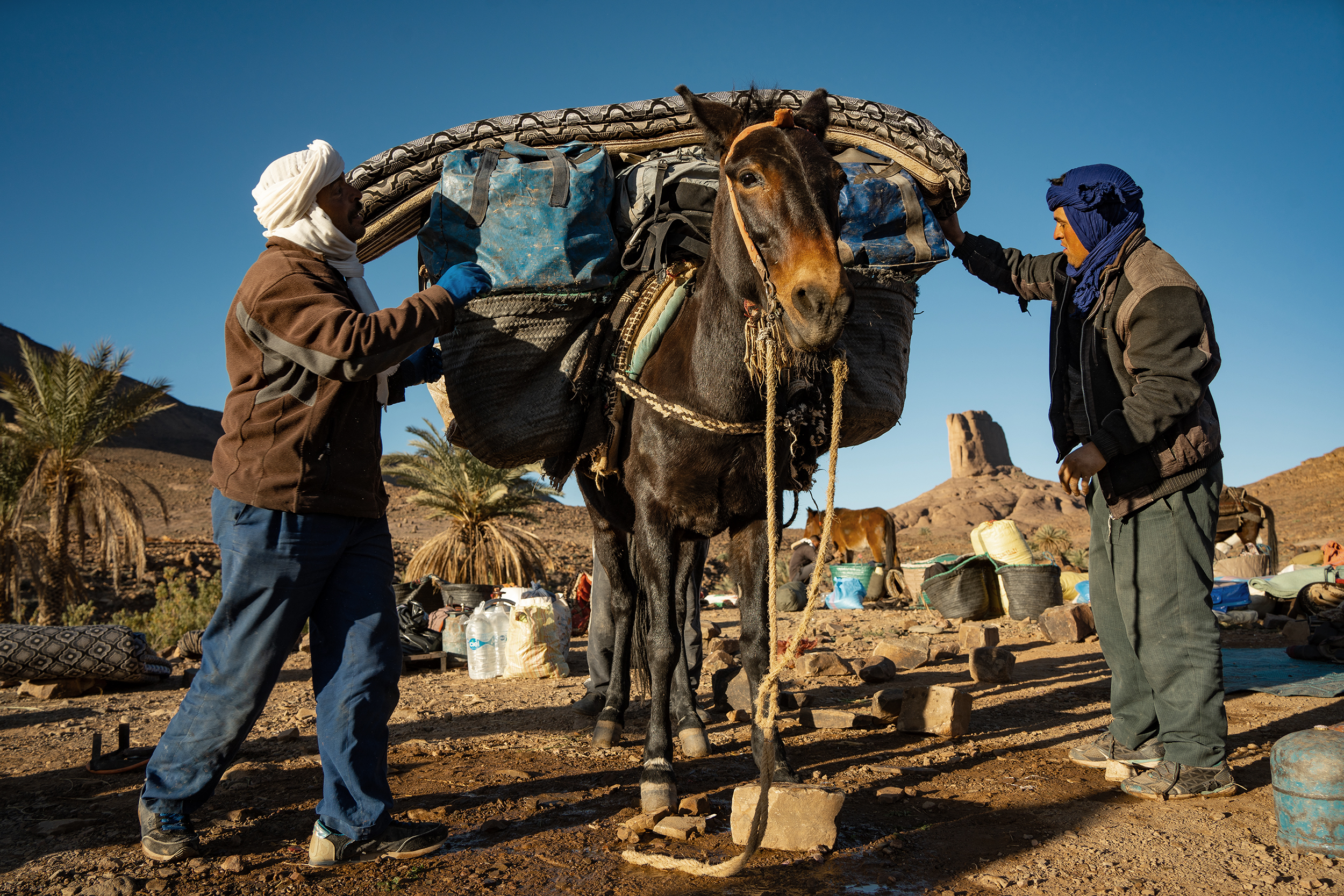

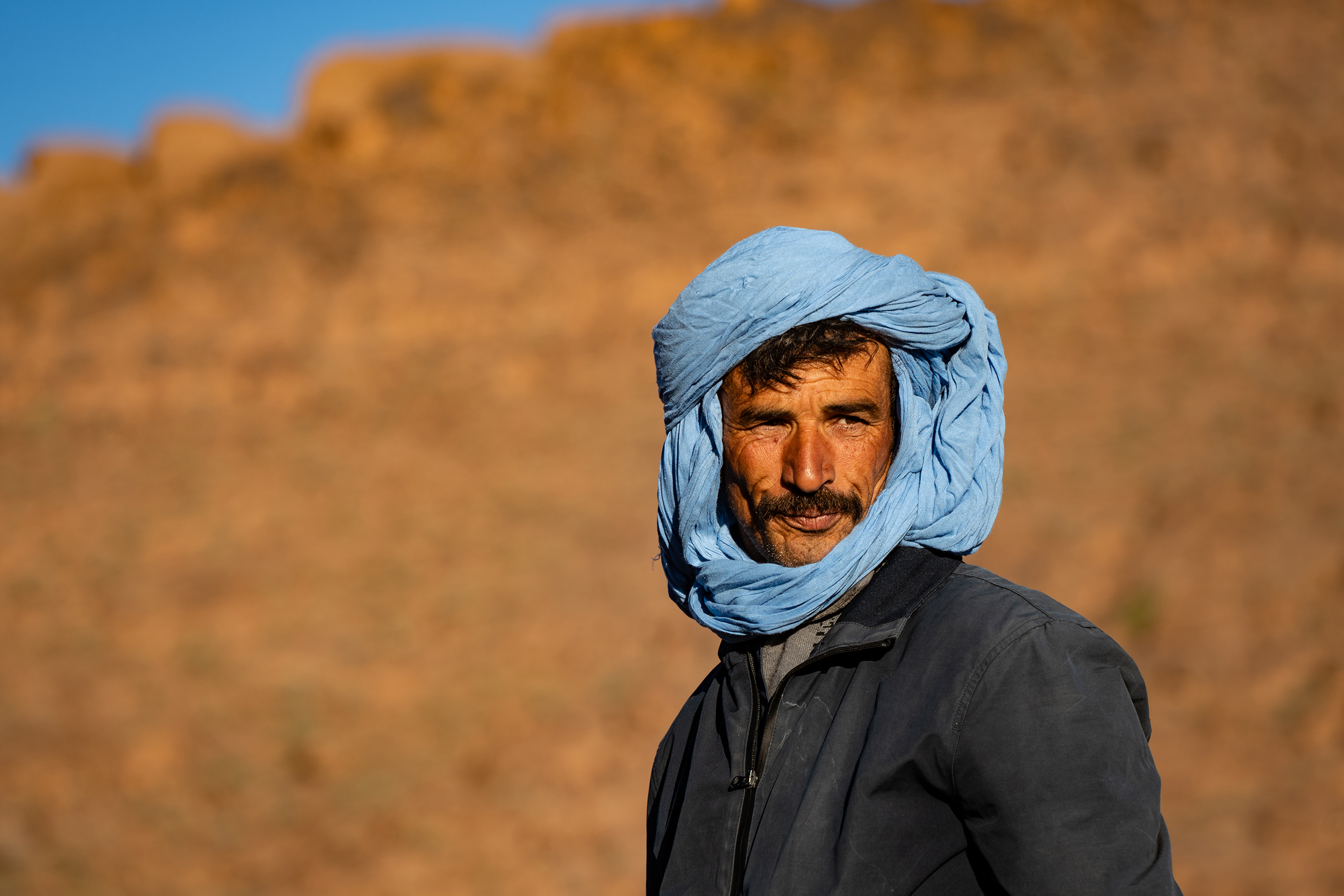




The mule
“If the camel is the ship of the desert, the mule is the ship of the mountains”
(Alphonse Guénon)
The mule is the original all-terrain vehicle of Morocco’s Jebel Saghro. They can carry goods for local people and luggage for lazy hikers. You can see them plowing fields or carrying their masters. Mules are known for their even-temper, longevity, resilience to hard work and harsh conditions, low maintenance needs, and efficiency with minimal feed.
Every morning, they were loaded with a total weight that was hard to estimate, but seeing them run made me hope it wasn’t too much.
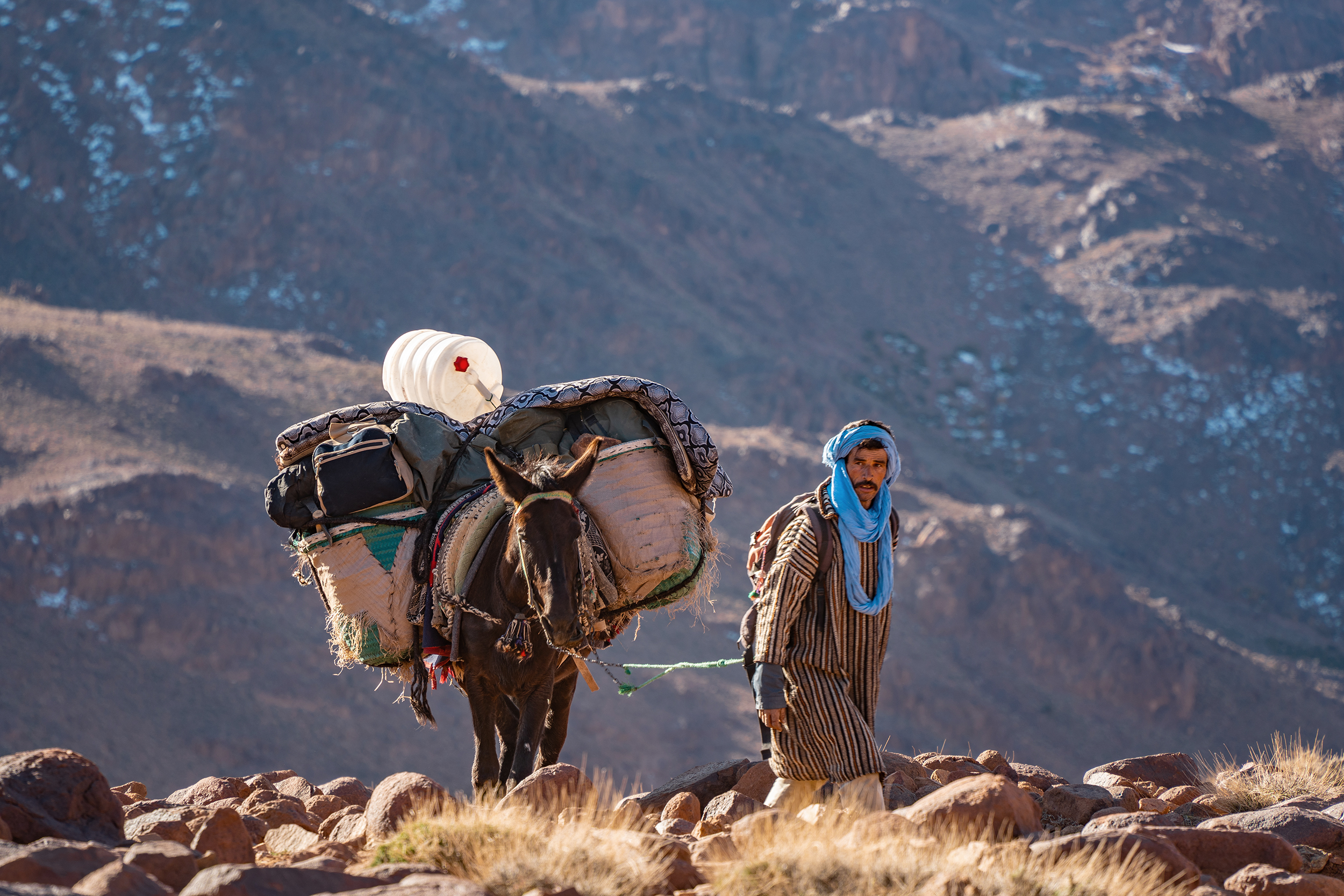
Local guides
Morocco never intrigued me, so it wasn’t a place I ever imagined visiting. There wasn’t any particular reason—just the most trivial form of ignorance: I had never read a book or watched a movie that intertwined with its history, nothing that ever influenced my life, and I had never dreamed of adventures in the sand. I saw it much like Egypt—the easy African destination, a holiday spot for people unlike me, with shallow tales from Marrakech or Casablanca and motorcycle or off-road excursions.
Beautiful places exist everywhere, and twenty days change nothing. It’s like peeking through a keyhole: the view is limited, with a wall always in between. Yet the journey, beyond its landscapes, left me with something: a mix of curiosity and bitterness. I would have loved to know the local guides better. A smile, a handshake, and small, laborious conversations just weren’t enough. I heard them laughing wholeheartedly in the evenings, and I wished I could laugh with them. I saw them interacting with mules and dromedaries, and I longed to learn from the natural ease of their relationship. I wanted to know their stories, their thoughts. I wanted to break through that barrier of words I couldn’t understand—and never will—because I truly believe the charm that drew me back was hidden in those words.
The barber
After a tied soccer match with a group of local boys, we head to the barber. In this cramped little place, there’s no sink. Water is heated on a small gas stove, and the blade is sterilized with a Juventus (Italian soccer team) lighter. A diploma on the wall certifies a professional course. A grainy print displaying about ten different haircuts suggests you might be too old to pick one, yet a few words in French and a couple of gestures are enough to get your beard and hair done.
The barber, barely over thirty, displays a meticulousness and precision that surprises everyone, including the curious onlookers at the entrance. Meanwhile, a Moroccan man who was there for a haircut lets three Italians go ahead of him, adding a couple of hours to his wait—showing us a different, and healthier, perception of time.
elettrapistoni

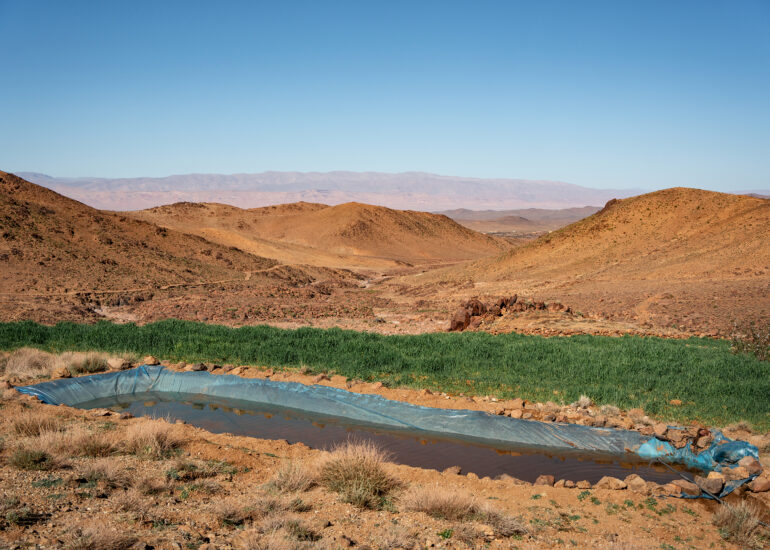
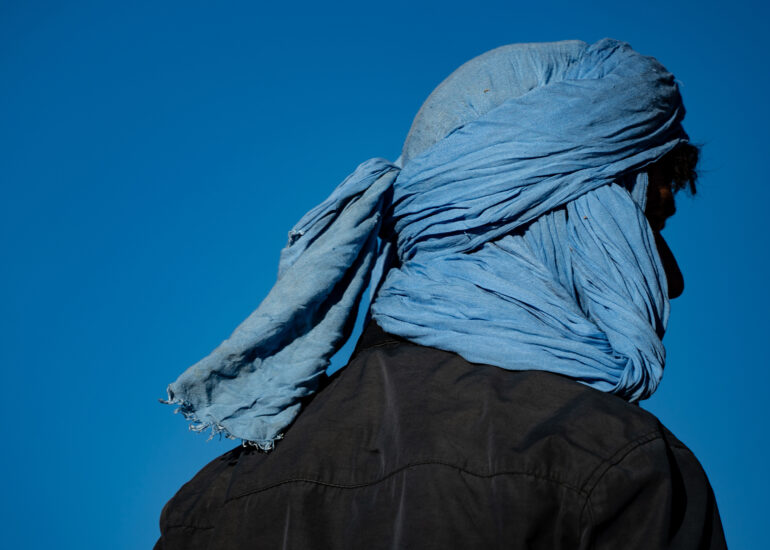
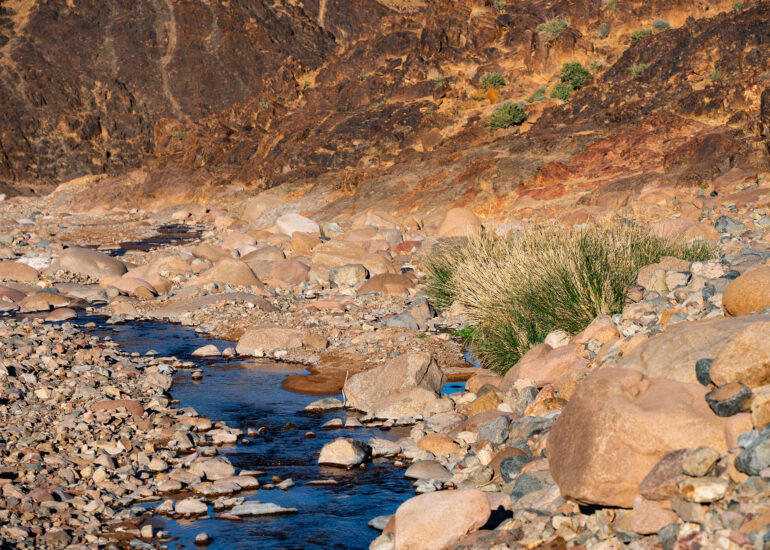
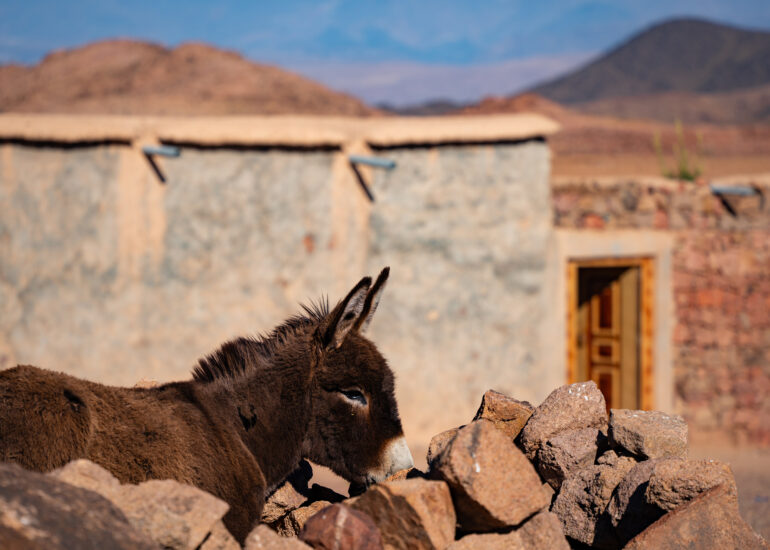

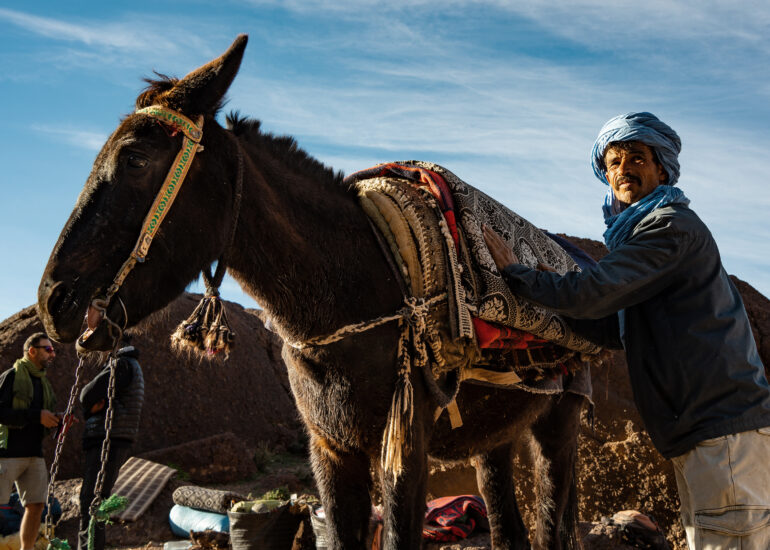

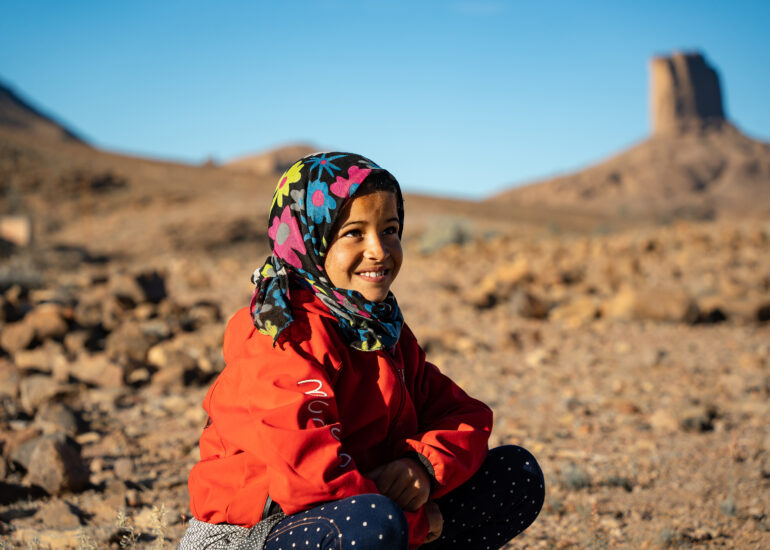


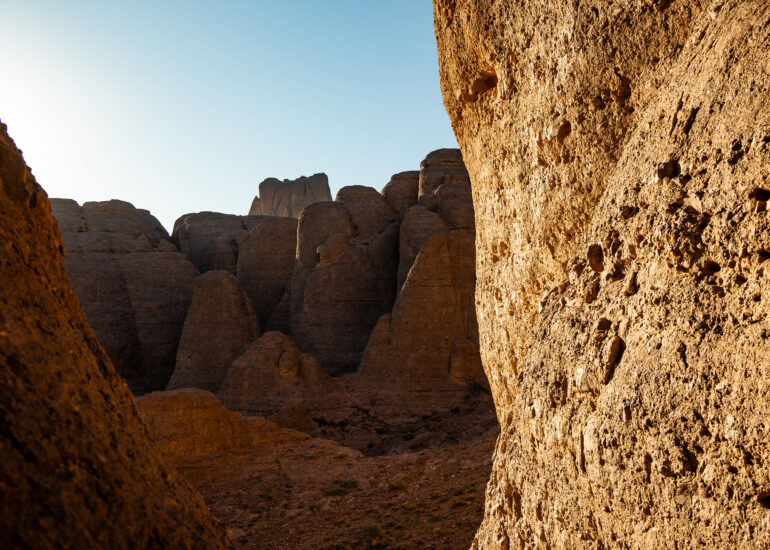
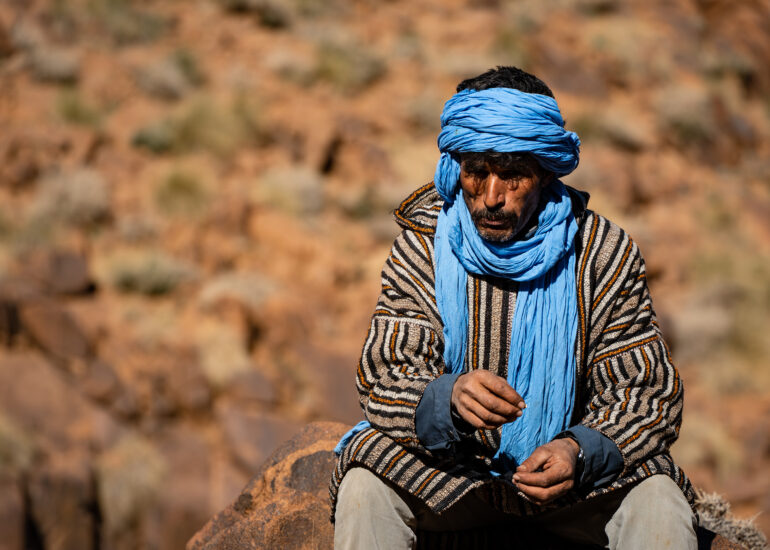



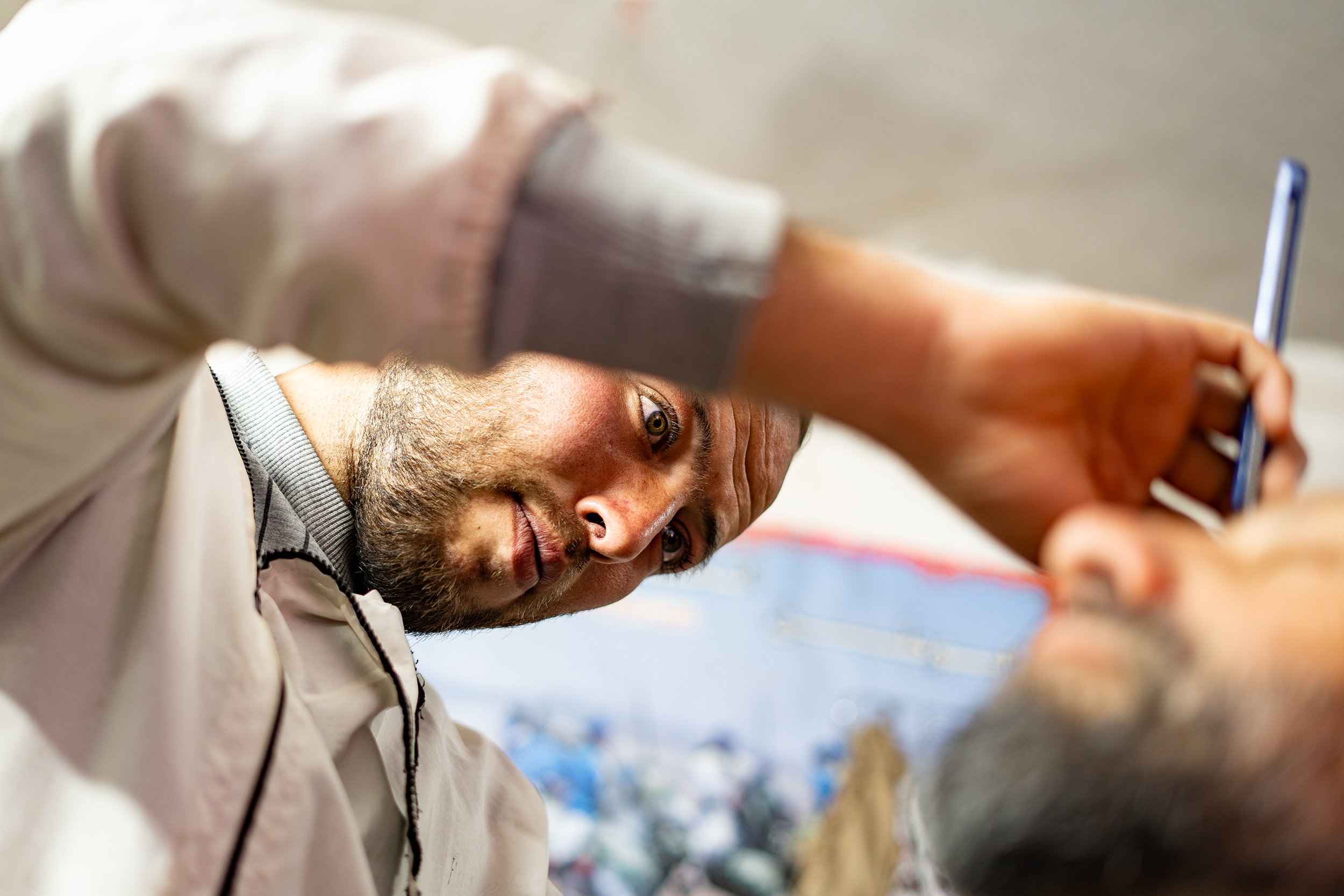



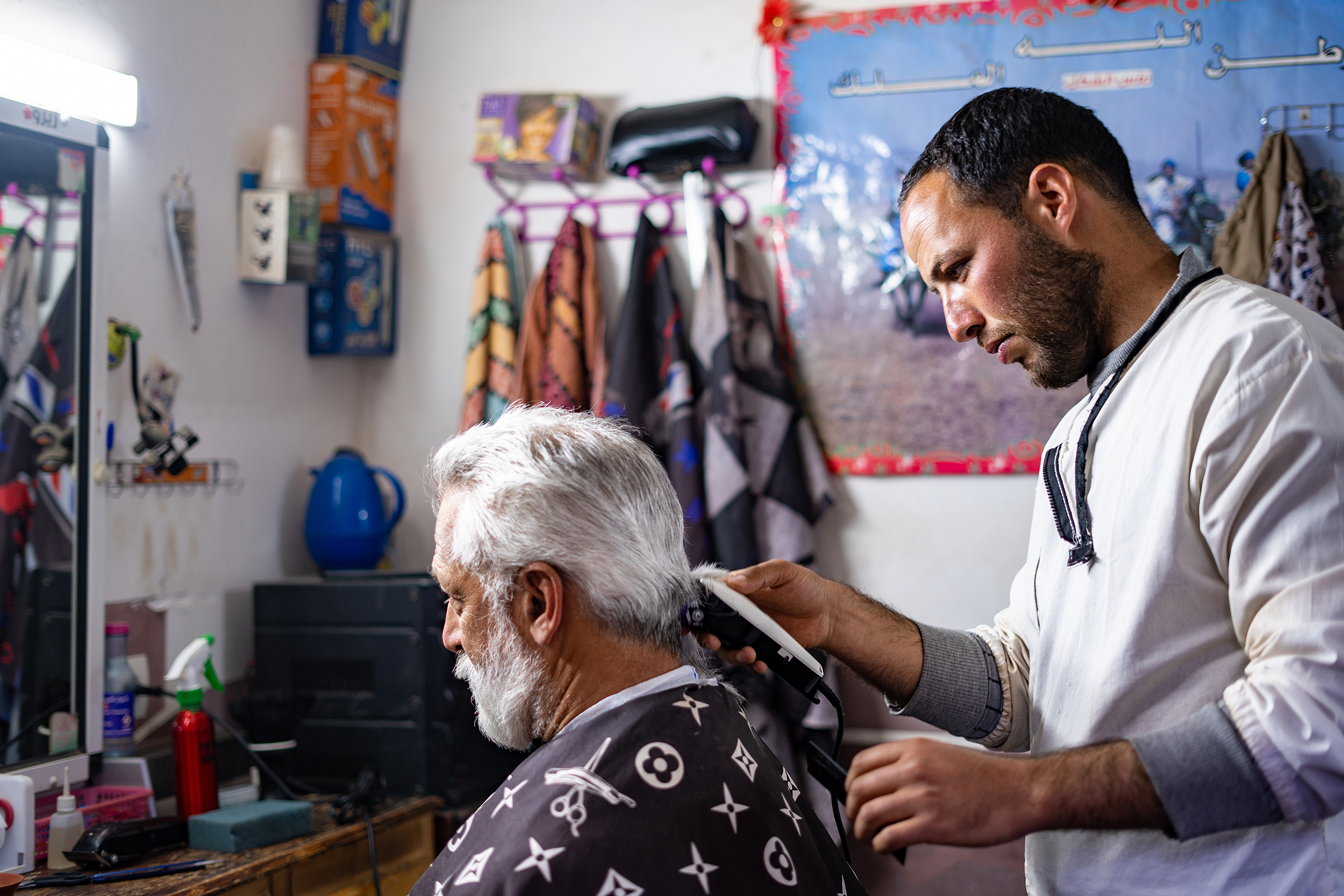
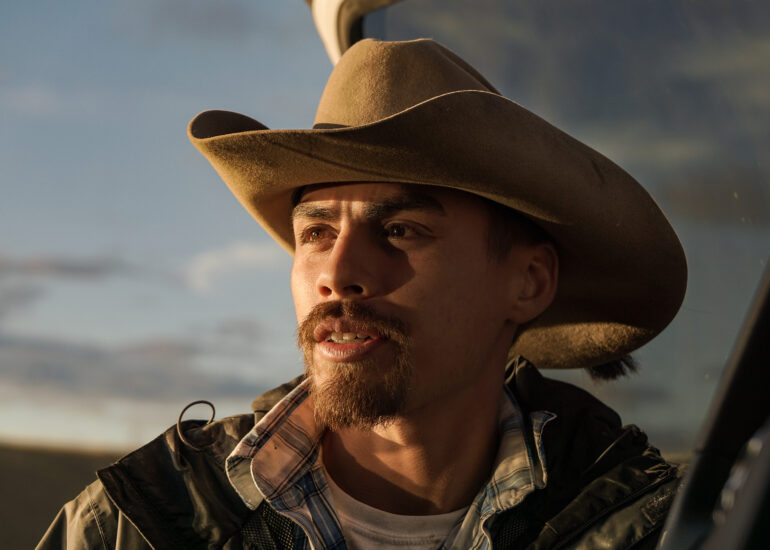

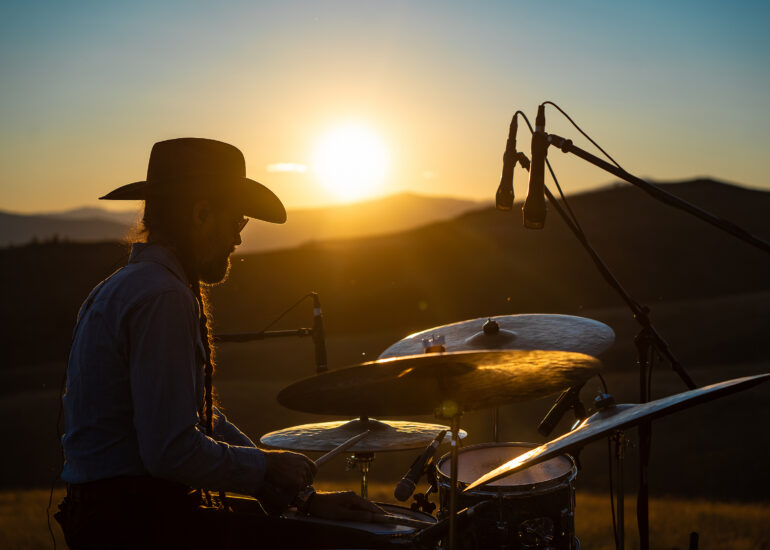
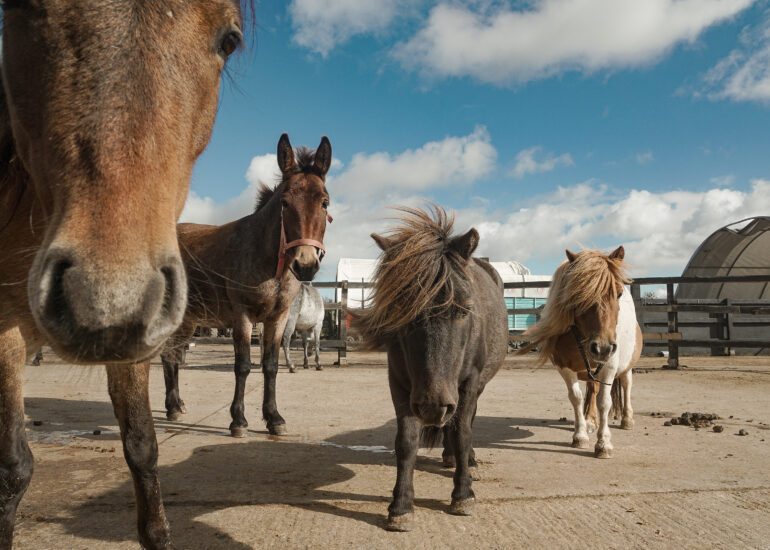
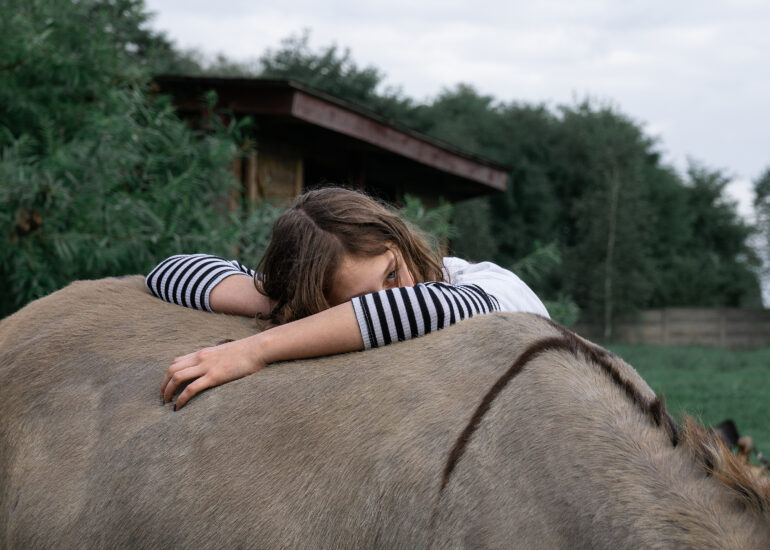
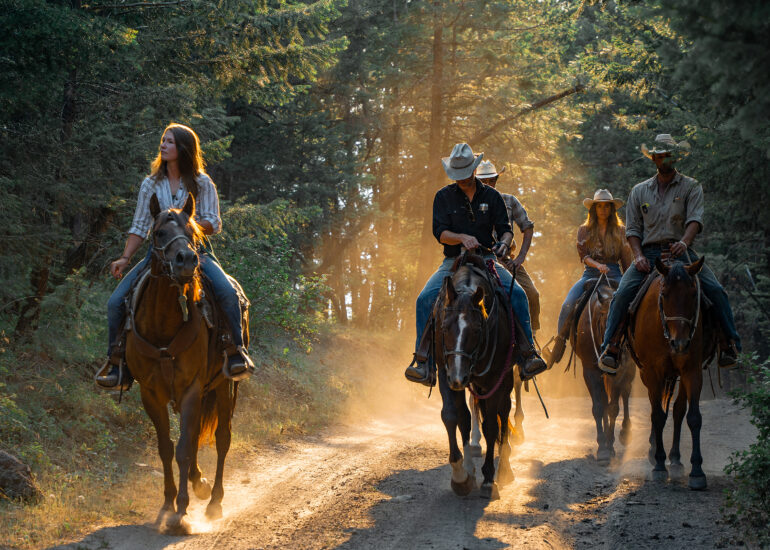

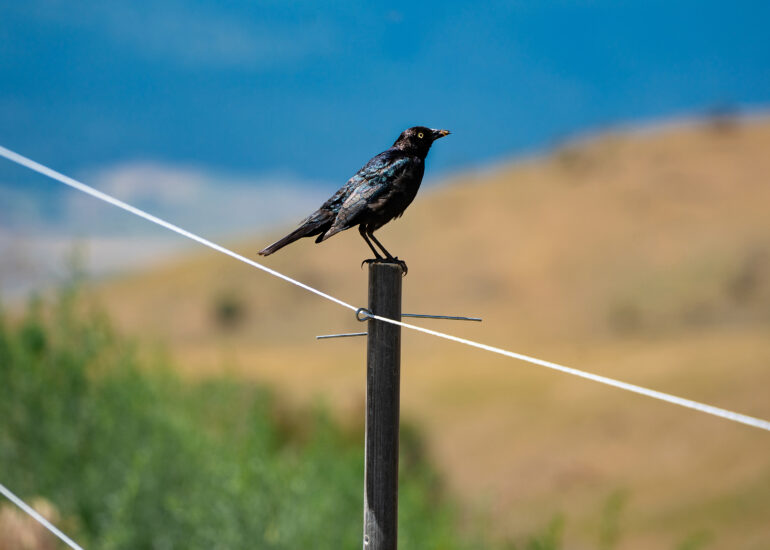



 Shooting on curiosity mode
Shooting on curiosity mode Stay Stay Stay — where the idea of home gets unpacked
Stay Stay Stay — where the idea of home gets unpacked Unlike lions, who rule in prides, or cheetahs
Unlike lions, who rule in prides, or cheetahs
 These baboons interact
These baboons interact

 Not everyone inherits a home, but each of
Not everyone inherits a home, but each of
















